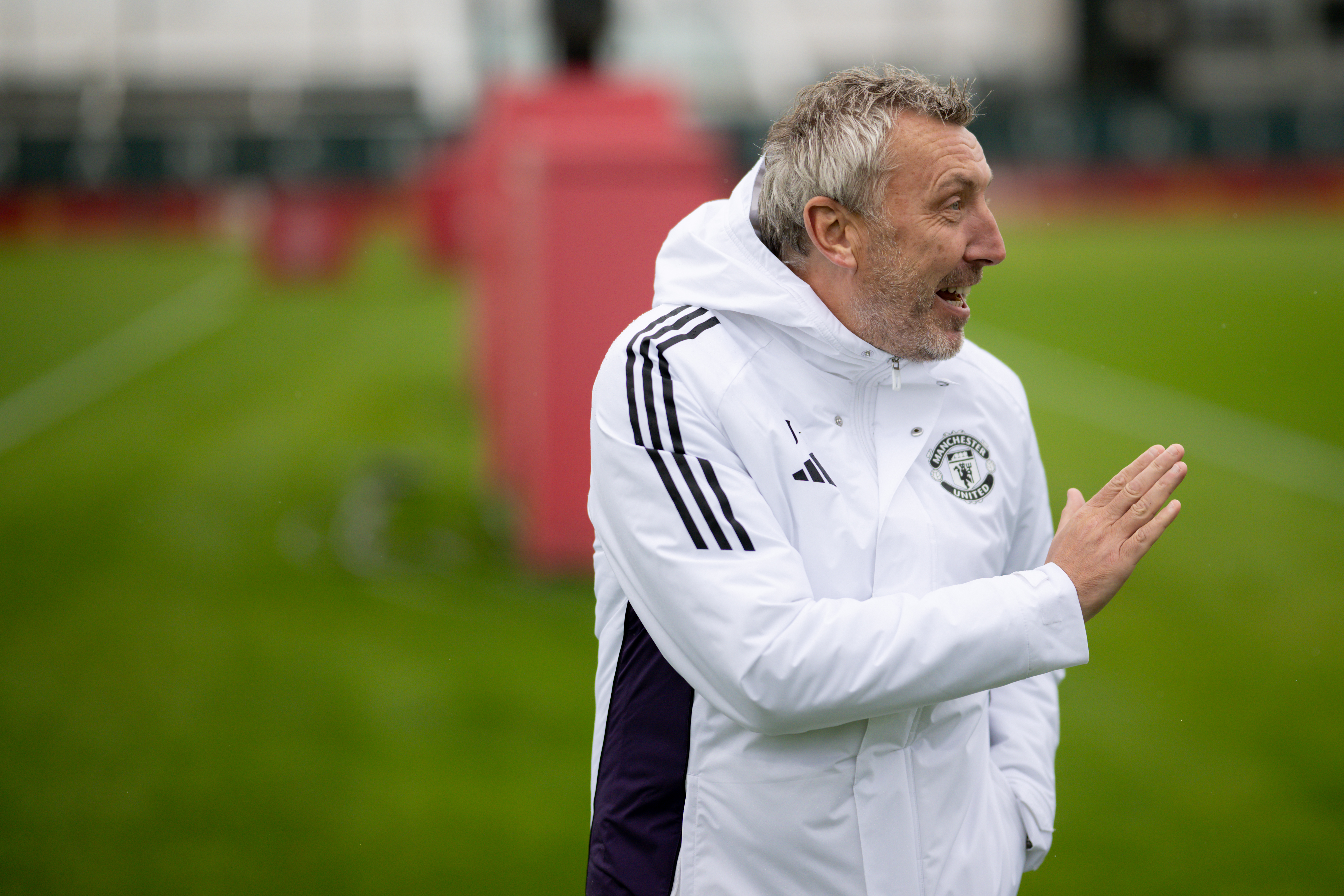Ranked! Every World Cup mascot, from worst to best
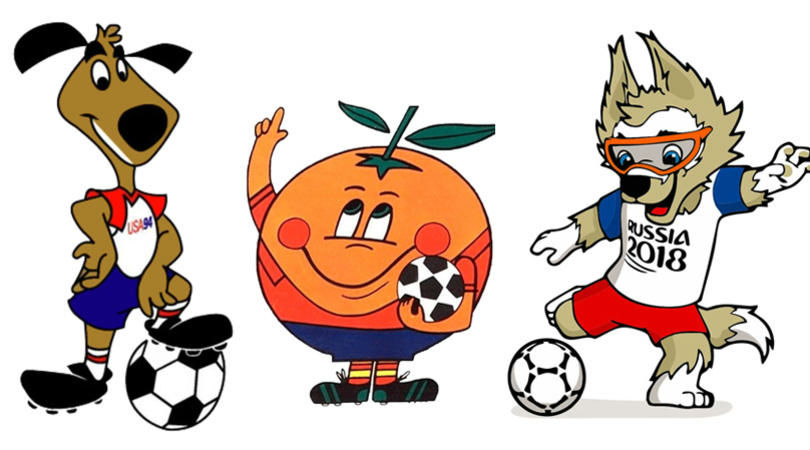
All 14 World Cup mascots ranked!
The finest moment in English football history came way back in 1966. Not winning the trophy: England gave the planet the World Cup mascot, with Willie the lion blazing a trail for the likes of Naranjito the Spanish orange, Pique the moustachioed jalapeno pepper, and who can forget Ciao!, the… well, we aren’t quite sure what Ciao! was but it had a football for a head and looked a bit like a Rubik’s Cube gone rogue.
But which was the best mascot the World Cup has ever seen? And which was the worst?
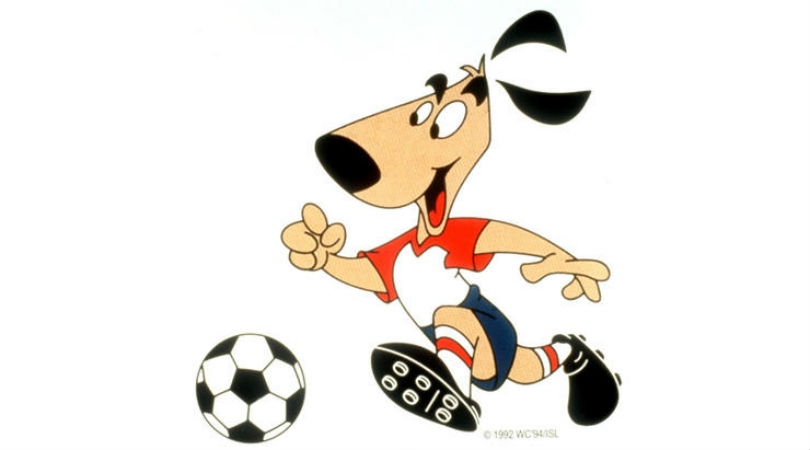
14. Striker (1994)
Striker is the perfect World Cup mascot. Perfect if you love bland, nondescript cartoon dogs with dreadfully prosaic names. There was no reason for Striker to be a dog other than dogs are the most popular pets in the USA and Striker did little but usher in an era of quick-free, corporate mascots. Vanilla all round!Ironically, the World Cup in the USA in 1994 was lit up by sensational strikers, with the likes of Romario, Baggio, Stoitchkov, Klinsmann and Batistuta banging in the goals. Sadly, Striker should have been taken straight to the pound.
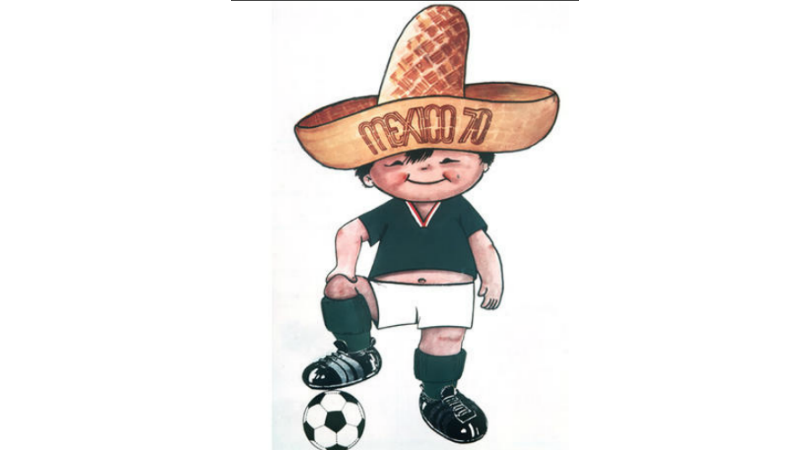
13. Juanito (1970)
Mexico 1970 gave the organising committee the chance to delve into the rich cultural heritage of the nation, with almost endless possibilities. An Olmec head, perhaps. A stylised Quetzlcoatl, the Aztec god of wind, air and learning, scoring a blinder through the columns of the Temple of Inscriptions at Palenque, maybe. So many options for Mexico and they went for Juanito, an 11-year-old boy, wearing a sombrero and full football kit, posing with a football. As if it wasn’t blatantly obvious already that he is a World Cup mascot, Juanito also has ‘MEXICO 70’ on his hat to idiot-proof the whole affair. Unimaginative.
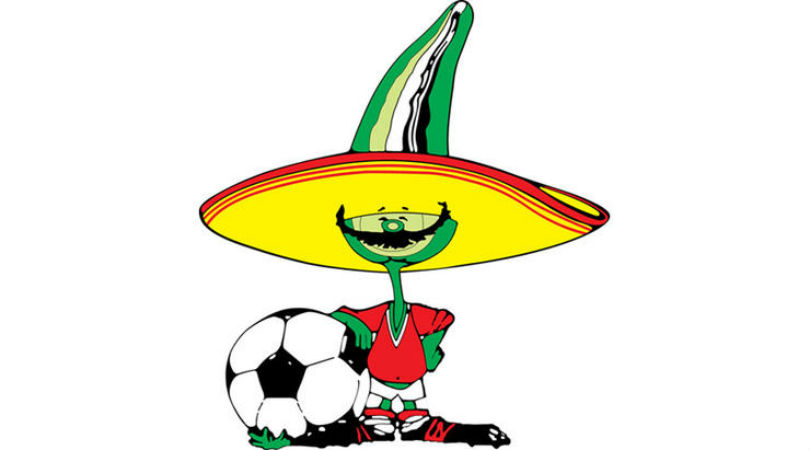
12. Pique (1986)
Ayyyyy no mames! As if Juanito wasn’t enough, Mexico doubled-down on the stereotypes and in 1986 gave us Pique, a jalapeno pepper with a lovely moustache, sporting a sombrero. Pique, though more inventive and original than the Mexican offering from 1970, still managed to hit upon a few negative typecasts. Responding to the controversy around Pique in 1986, one of his creators claimed that the mascot “is a bit like the sleepy Indian taking a siesta against a tree”. We doubt that helped matters.
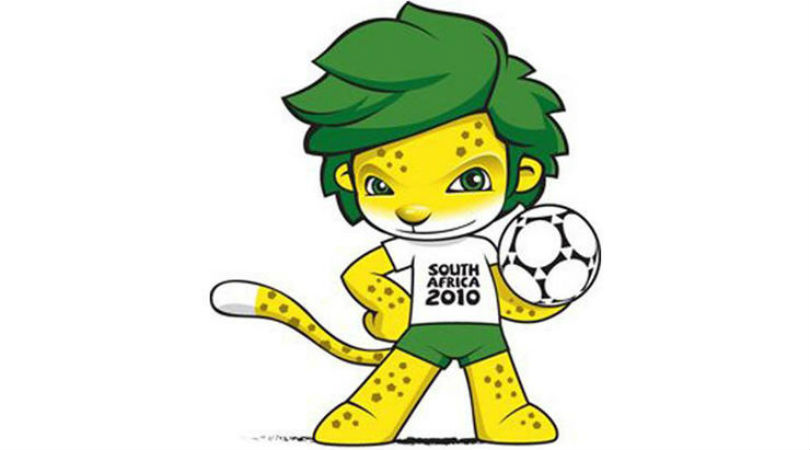
11. Zakumi (2010)
Zakumi the South African leopard was as instantly forgettable as the host nation’s performances in the 2010 World Cup. Bafana Bafana became the first hosts to be knocked out at the group stage of international football’s showpiece event, and similarly Zakumi can be found right down near the bottom of this list due to the incredible lack of imagination shown. Zakumi sits above three mascots only because he’s not an offensive national stereotype – or, even worse, Striker – and because he has good hair, which goes a long way. What are the odds that Neymar is sporting a lustrous green quiff like this at, say, Real Madrid next season?
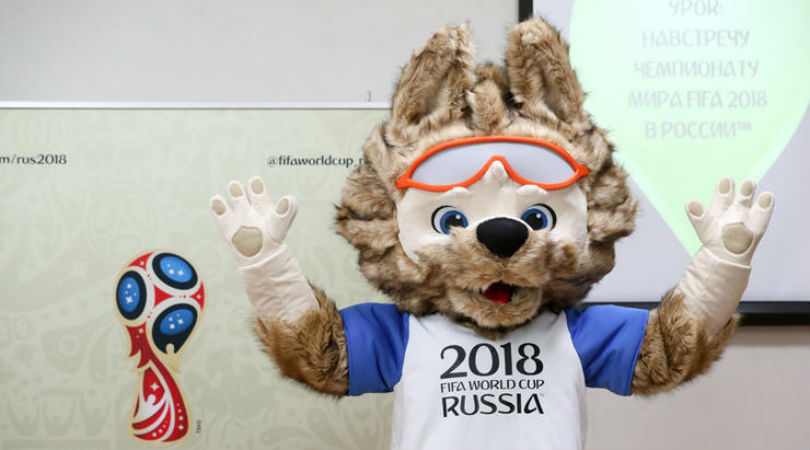
10. Zabivaka (2018)
Zabivaka the Siberian wolf was chosen as the official mascot of the Russia World Cup in 2016 after holding off the challenge of a Siberian tiger and a cat, taking a whopping 53% of the vote in an X-Factor style competition. Voting took place on the FIFA website, on social media and by phoning in to a television programme, with 21-year-old Ekaterina Bocharova’s victorious Zabivaka radiating “fun, charm and confidence.”
Yet to us he seems more like a generic Winter Olympic mascot: the wraparound shades don’t help. Particularly as they look suspiciously like an eye mask. But maybe they're a secret tribute to Edgar Davids' late-period glaucoma glasses, and if so it's nice that there's some Dutch presence in Russia.
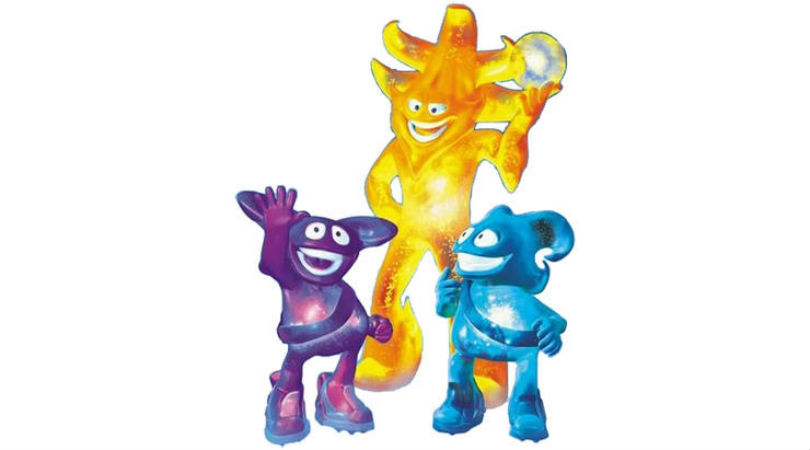
9. Ato, Nik and Kaz (2002)
Let’s be honest with each other: Ato, Nik and Kaz are just downright weird and finding a place for them on this list is no easy task. What are they? What do they do? Why do they look like that? In order to fully answer these important questions, we have fastidiously researched them all but have mostly come up with words nobody in the office understands. They are ‘Spheriks’, apparently, and they play a game called ‘Atmoball’ despite dabbling in the marketing of an entirely different sport’s World Cup. Ato, the yellow one, is the coach; a sort of lanky Arsene Wenger to the presumably underperforming young duo of Nik (blue) and Kaz (purple). Bizarre. Let’s park them in mid-table and never speak of Atmoball again.
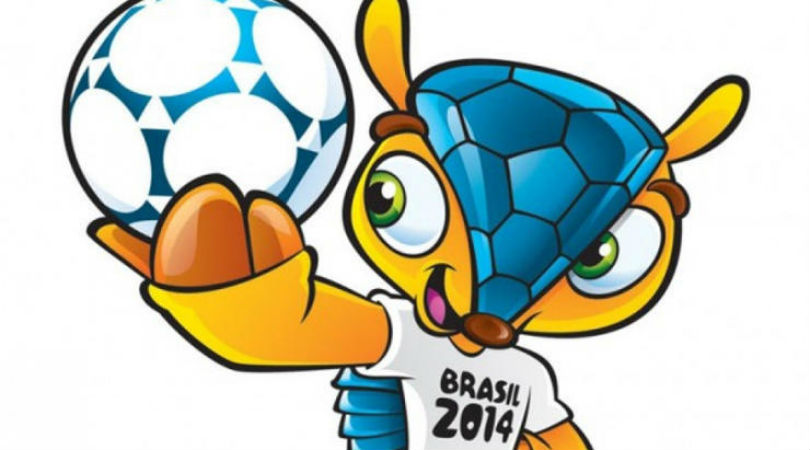
8. Fuleco (2014)
Look, we’ll be honest. Fuleco the armadillo is from the same generic cartoon stable as Zakumi the South African leopard and Zakumi the Siberian wolf, but we really like him. He’s a Brazilian three-banded armadillo, which is ace, and his snazzy blue forehead armour probably makes him a real handful at set-pieces. Seriously though, Fuleco was chosen to highlight the issues facing one of South America’s most endangered species but FIFA were accused of doing nothing when conservation charities in Brazil reached out for help in protecting the habitat of Fuleco’s brothers and sisters in the wild. So FIFA essentially took something inherently good and Fu**co’d it up. Sounds familiar.
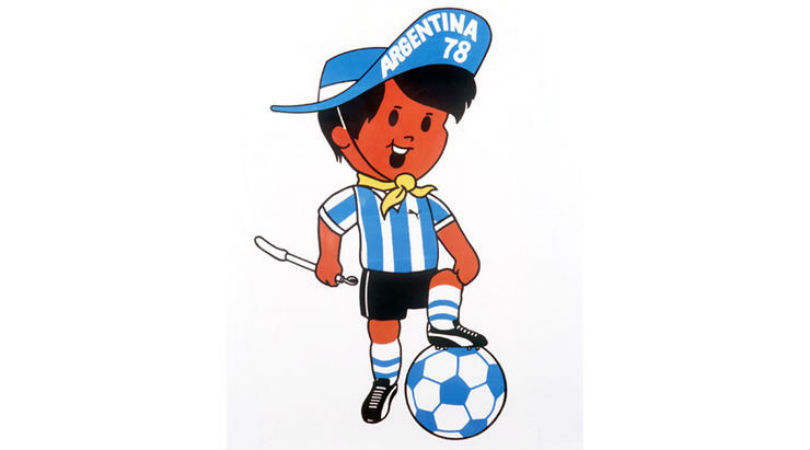
7. Gauchito (1978)
Gauchito, the young Argentinian cowboy from the 1978 World Cup, is basically a huge rip-off of Juanito the chubby Mexican mascot from eight years before. The similarities are plain to see but Gauchito ranks higher due to the Argentinian icon having significant advantages over his 1970 doppelganger. To start with, he’s got a whip, which no mascot has had since – and probably won’t until Qatar 2022 comes along. We also quite like his neckerchief and jaunty stance; one foot on the ball as if he’s challenging you to dispossess him, only to poke a cheeky nutmeg through your gate and skedaddle past, possibly giving you a cheeky whip on the backside on his way. Oh Gauchito! You’ve done us once more.
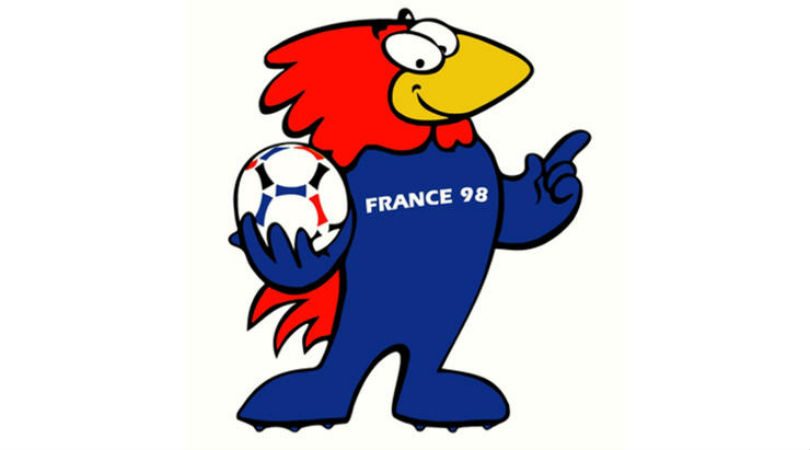
6. Footix (1998)
Another one from the animated animal stable, generic national beast Footix should be on a par with that detestable dog Striker, but finds himself – presumably, as a cockerel, he's male – firmly rooted in mid-table on our list, almost certainly because a massive blue cockerel is much cooler than a mangy dog.
If you thought organising committees rolled out these mascots for a couple of years ahead of their respective tournaments only for them to be mothballed straight after and never spoken of again, you are mistaken. Footix has been living in France since 1998 and even raised a family, with daughter Ettie joining the family business and being named mascot for the 2019 Women’s World Cup.
The only confusing thing about Footix is that he’s usually shown holding the ball, which is illegal, indicating he’s either a goalkeeper or doesn’t know the laws of football. Let’s assume the former.
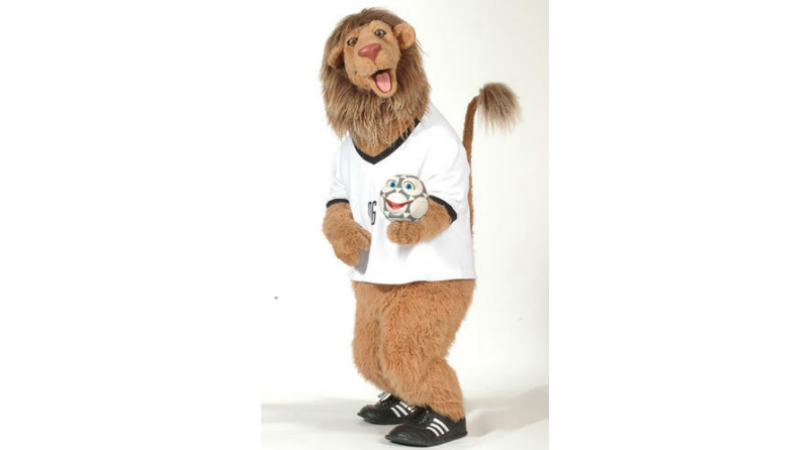
5. Goleo IV and Pille (2006)
Goleo IV – we’re not sure what happened to the first three – was created by the Jim Henson Workshop and is enjoyably, almost freakishly leonine. We think he’s the best modern mascot but overall he’s not even the best World Cup lion (more on that later.) He didn’t go down particularly well in his homeland, with the good folk of Germany preferring a native beast and one at least fully clothed – Goleo has a lovely t-shirt on but controversially isn’t wearing anything below the waist.Goleo’s horrendous tackle aside, we’re more concerned about his sidekick. Pille is a football with a face and our new worst nightmare. Poor Goleo fared little better with his musical collaborations, teaming up with Atomic Kitten and Fatman Scoop in 2006.
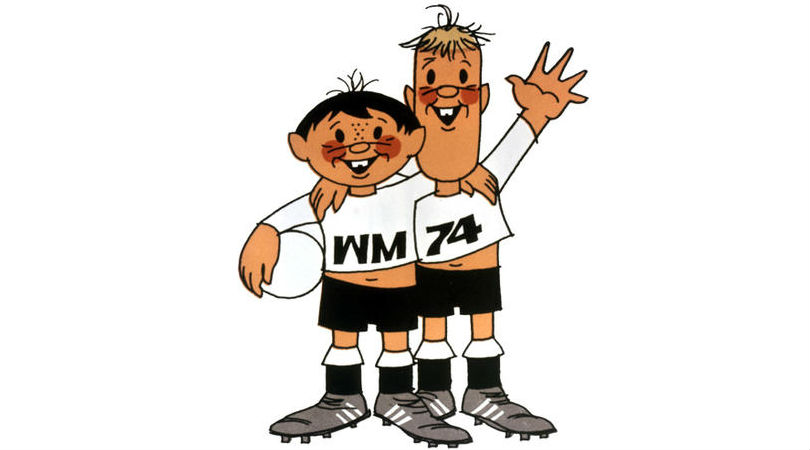
4. Tip and Tap (1974)
West Germany’s World Cup in 1974 gave us Tip and Tap, a traditional big man/little man combo whose suspiciously big boots were notably supplied by a leading German manufacturer. The Neuville and Bierhoff of World Cup mascots were designed to promote unity between the two Germanys, with the West and East drawn together in the same group.
A bit prosaic, but we’ll boost them a few places. Firstly because their name sounds like a Spanish football tactic which maintains 110% possession of the ball, and secondly for their resemblance to Frank Lampard and Peter Crouch waving you off on holiday. Pleasing.
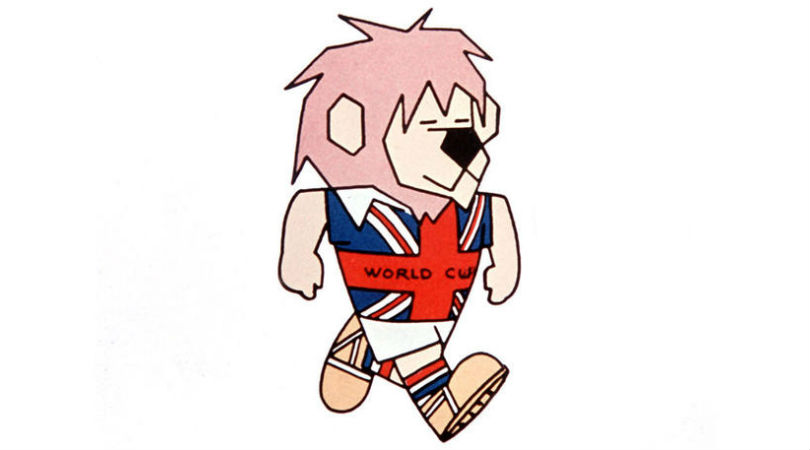
3. World Cup Willie (1966)
The original World Cup mascot and, for some of us, still the best. Sadly ‘some of us’ aren’t the boss and that’s the only reason Willie comes in at number three on the list, rather than gloriously taking the title as those English heroes did at Wembley in 1966. World Cup Willie kicked off the mascot craze with his wonderful mane of hair and his curiously phallic name. Created by children’s illustrator Reg Hoye (who’d go on to design Manchester United’s Fred the Red), Willie was a massive hit with a range of merchandise, a comic strip and his own song.The only thing we’d dispute about ‘WCW’ is his clobber. Why is the mascot for an entirely England-hosted World Cup wearing a Union Jack shirt? Although we do like his Mr Men-style shoes, which – judging by Willie’s macho posture – he stole after beating someone up. If you see Mr Tickle, dazed and shoeless in the street, blame this lion.
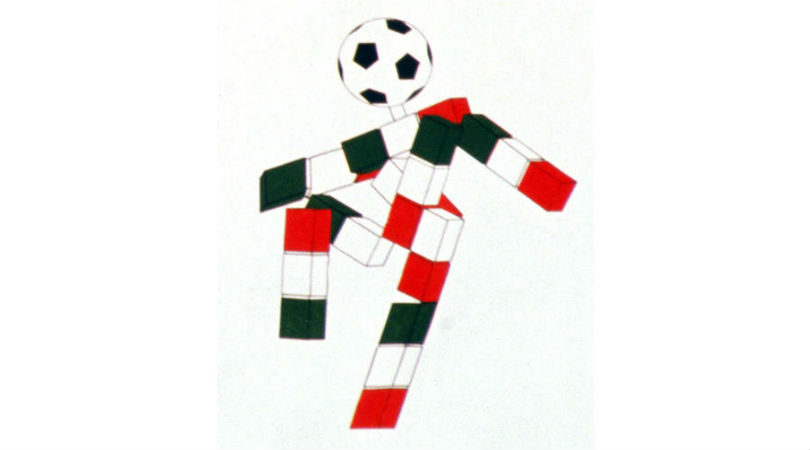
2. Ciao! (1990)
We aren’t sure what Ciao! was back in 1990 and we still don’t now, a lifetime later. We don’t care either, because Ciao! bucked the trend of ruddy-cheeked children, hat-wearing fruit and so-cute-they-make-you-sick animals as World Cup mascots.
This faceless Italia ’90 monstrosity is like an end-level boss from an 8-bit video game – or something Marvel would introduce to smash the tar out of Bruce Banner in the forthcoming blockbuster Avengers: Ciao! vs Hulk. So incredibly frightening was Ciao! that the theme tune of that wonderful summer, Nessun Dorma (None Shall Sleep) may have been used purely because of him.
Ciao! – an absurdly happy name for such a nightmarish figure – has a stickman body made from bits of Rubik’s Cube and, you’ll have noticed, a football for a head. Forget a sobbing Gazza, Ciao! was the true hero of Italia ’90.
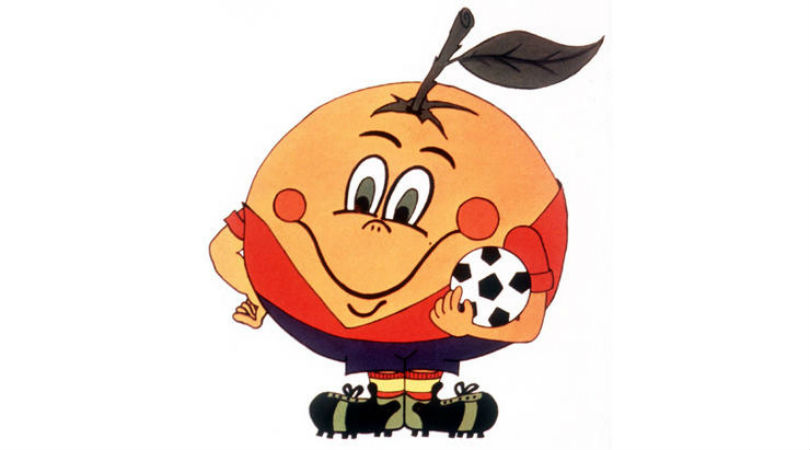
1. Naranjito (1982)
Naranjito, meaning literally a ‘small orange’, was the mascot for the World Cup in Spain in 1982 was created by Jose Maria Martin Pacheco, who summed up the creative process with, “I saw oranges and wondered why not?” Pacheco added that he “wanted to avoid the bull and the tambourine” as Spain’s mascot. Hell yes. Pack it in, Mr Tambourine Man. How can you compete with a big, beaming orange? It’s a look so cool that Alan Brazil has spent a lifetime physically trying to become Naranjito, with horrifying success.The original ’82 Naranjito was so terrific he even got his own cartoon series, which featured his girlfriend Clementine, best pal Citronio (a bumbling lemon) and a robot called Imarchi. You heard me, a robot. Magnificent.
